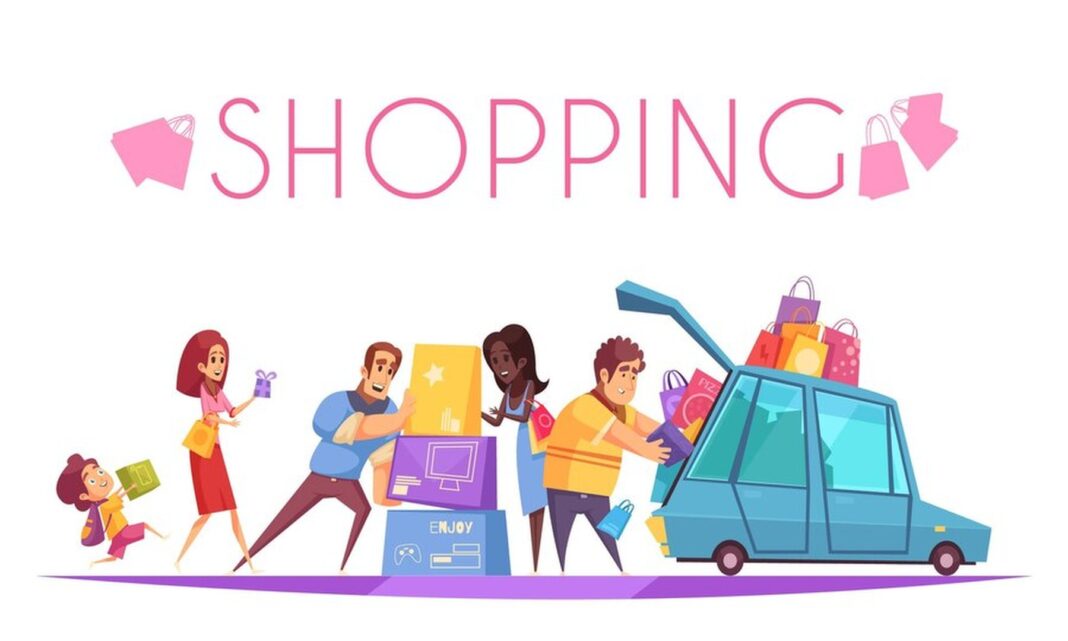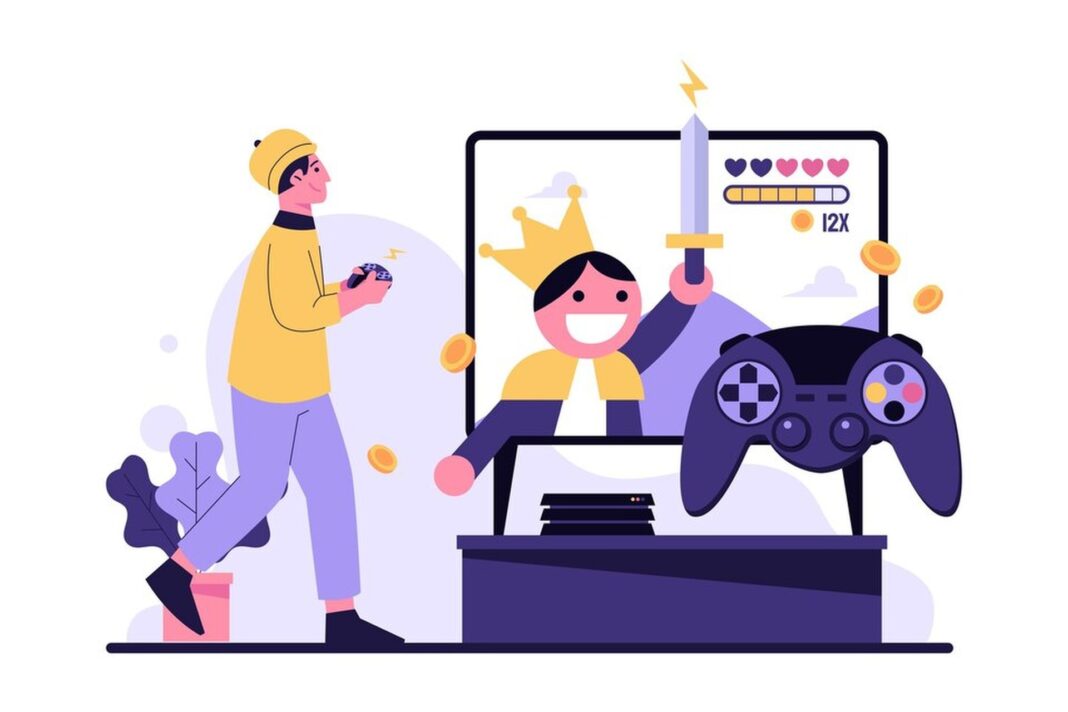Engaging Consumers Through Interactive Shopping
Interactive shopping reinvents customer involvement. Brands create an engaging shopping experience by introducing game-like aspects. This strategy connects gaming with commerce. Promoting customer participation makes the encounter memorable. Customers get more engaged in the buying process. Interactive purchasing turns routine tasks into fun. This increases brand loyalty and revenue since people are more inclined to buy.
Gamification motivates users with prizes and challenges. Brands may engage customers via levels, badges, and social sharing. Shoppers feel accomplished when they use things. This keeps them coming back. Quizzes, spin-to-win wheels, and virtual treasure hunts are interactive. These factors make everyday shopping exciting. Shopping together and competing with friends is encouraged by the interactive feature.
An effective interactive shopping approach may boost conversions. Enjoyable hobbies encourage impulsive purchases. Unexpected products may be discovered. This strategy may boost product awareness and revenue. More pleasurable experiences increase consumer loyalty. Interactive shopping changes the buying environment and deepens the brand-customer connection firms must invest in.
The Role Of Rewards And Incentives In Shopping Games
Shopping games work best with rewards and incentives. These factors directly encourage customer buying behavior. Brands with reward systems boost enthusiasm. Points, discounts, and exclusive products attract shoppers. This method exploits consumer psychology to increase play and spending. Incentives range from tiny reductions to large cash-back. Reward structures increase consumer involvement and investment.
Brands may use incentives in several ways. They may provide gaming accomplishments, loyalty points or prize draw entries. These methods keep shoppers engaged. Customers feel accomplished as they earn points. This adds emotional value to the brand. Points-based systems stimulate frequent visits as customers try to achieve the next incentive tier.
Beyond the game, incentives exist. They frequently encourage buyers to post their accomplishments on social media. This builds brand awareness and consumer community. Shoppers may become brand supporters when brands generate enthusiasm. Effective incentives may also impact purchases. Consumers may pick a brand based on its perceived value and enticing incentives.
Retailers who include prizes in their games boost consumer loyalty. Positive encounters with incentives encourage repeat visits. This method keeps and attracts clients. Rewards and incentives are essential to shopping game participation and sales.
Transforming Consumer Behavior With Game Mechanics
Game mechanics may change customer behavior dramatically. Brands may influence purchases and create memorable experiences by including these factors. Customers participate rather than watch. They interact with goods, unlock features, and receive incentives. This changes buying habits. Brand ties deepen as the encounter is more pleasurable.
Games may include challenges, competitiveness, and instant feedback. These factors make consumers do things they wouldn’t otherwise. Fun competition may boost brand support and social sharing. Shoppers feel rushed and excited to achieve objectives. Brands may improve this experience with timely incentives. Instant rewards, like a discount for finishing a task, encourage good behavior.
Consumer preferences change according to these processes. Gamified shoppers are more likely to try new things. Brands may attract attention with interesting product placement. The gaming format naturally highlights product advantages and features, making it simpler for customers to connect. This dynamic method offers user behavior-based tailored interactions.
Game mechanics have long-term effects on customer behavior. Customers achieve brand loyalty and social advocacy. They exchange stories and invite guests. This organic marketing builds community. Brands may leverage these encounters‘ excitement. Businesses engage customers better and influence their behavior to boost loyalty and sales by using gaming elements.
How Brands Are Leveraging Game Elements
Brands are using games to engage and attract customers. Marketing has evolved to produce immersive experiences. Gamification exploits the human need for challenge and reward. It makes monotonous tasks fun by encouraging involvement and conversation. Game-like features affect buyer behavior, and more firms realize this.
Technology makes these experiences easier to create. Virtual and augmented reality increase purchasing via immersive experiences. Visualizing things in their place gives buyers a feeling of ownership before buying. Brands create shopping applications that are exciting and engaging. This might feature customizable avatars or virtual money systems that encourage spending. Shopping becomes a game with these features.
Social gamification is also included. Companies promote social media sharing of accomplishments. This promotes the brand and builds a customer community. Competition in peer-to-peer interactions boosts engagement. Shoppers interact with brands and each other more when the experience is social.
Strategic gaming features may boost brand loyalty and revenue. Enjoyable and satisfying shopping experiences increase return rates. They may also promote brand engagement. Businesses create strong customer ties as this cycle continues. Using gaming aspects is vital in a crowded market.
The Impact Of Shopping Games On Customer Loyalty
Shopping games influence client loyalty. Games change how customers engage with companies, creating deeper ties. Customers return when they like purchasing. When people link happy sensations with interesting activities, loyalty grows. Shopping games boost feelings of accomplishment and brand loyalty.
Game engagement affects repeat sales. Customers return to stores that are entertaining or exciting. These games boost loyalty with rewards and incentives. Shoppers feel cherished, which boosts brand perception. Positive encounters boost word-of-mouth marketing and consumer acquisition. Happy customers tell friends and family, broadening the brand’s reach.
The exclusivity of retail games boosts loyalty. Special incentives and challenges promote urgency and enthusiasm. Offers encourage customers to return fast. Brands may strengthen bonds by offering unique shopping experiences. This exclusivity may set firms apart in a competitive market.
Shopping games help companies understand consumer behavior. Understanding customer preferences helps customize shopping experiences. Data analysis lets businesses adapt engagement strategies. Enhanced customization builds trust and commitment. Shopping games convert casual customers into lifetime fans.
Are Shopping Games Effective In Driving Sales?
Businesses increasingly realize shopping games‘ sales-boosting power. These games engage consumers and promote participation. Customers are more inclined to buy when they like shopping. Gamified interactions have been demonstrated to increase conversion rates. Fun activities can encourage impulse purchases. Engaging elements draw attention and keep clients interested until the transaction.
Shopping games typically provide incentives to help buyers decide. Rewards from the game may drive shoppers. Gamification boosts product awareness and exploration. Customers discover unexpected goods. Shopping games may boost revenue and consumer loyalty.
How Can Consumers Get Involved In Shopping Games?
Shopping games are accessible via many platforms and brands. Many shops provide applications or websites for this. Shoppers may download these apps for unique games and incentives. Brands promote their games on social media. Following businesses on social media may alert customers to new games and deals.
Shopping games typically need loyalty schemes. Rewards are given for brand engagement, challenges, and sharing experiences. Online groups, forums, and brand events may also facilitate engagement. Shoppers may discuss gaming strategies and advice. Community enriches the experience and encourages engagement. Multiple ways to play shopping games make the experience exciting and rewarding.



